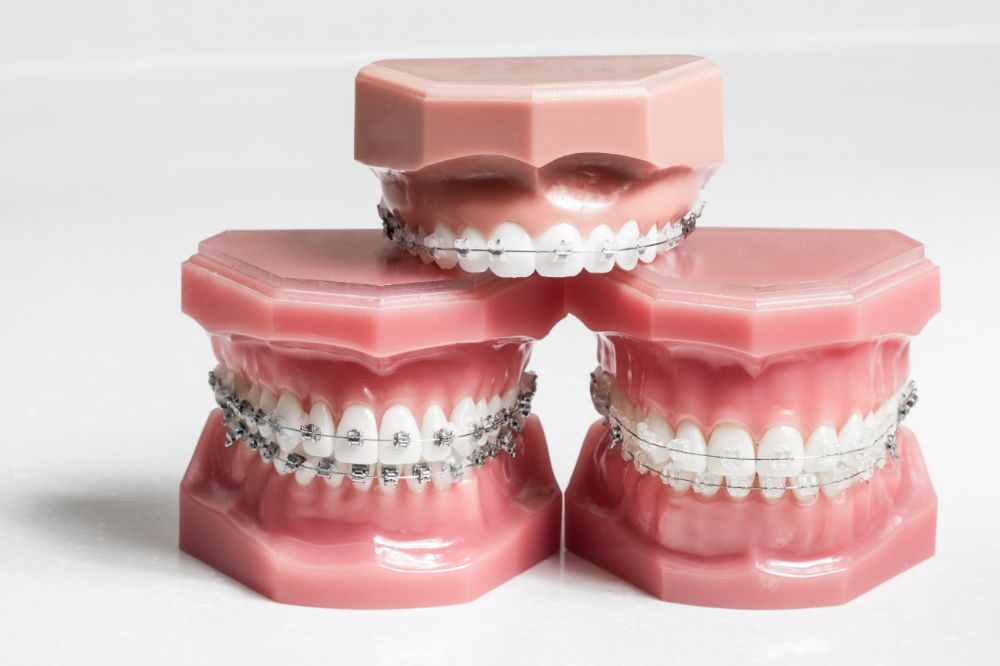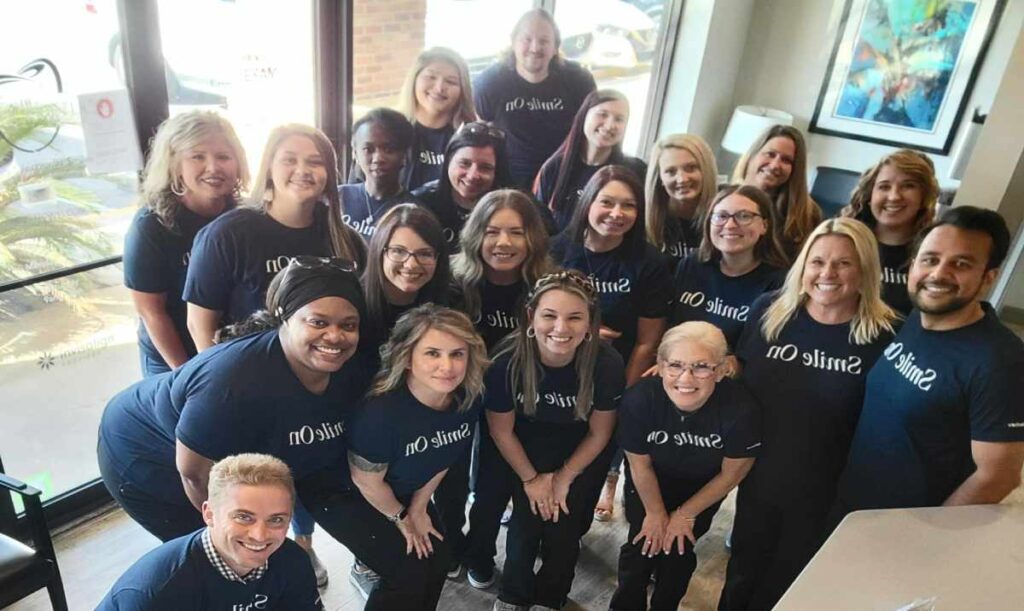If you’re seeking the expertise of an orthodontist, chances are you have alignment issues with your teeth or jaws. Your orthodontist is able to correct these issues over time through a variety of different treatment options.
How do these alignment issues occur and how does your orthodontist know how to devise the best plan of action for you? Orthodontists use something called bite classes to determine the most successful treatment plan for each individual patient.
What Do Bite Classes Mean?
Bite classifications are broken down into three categories based on molar position, how the molars fit together when you bite down, and also the skeletal position on your jaws. Learning how your bite works is extremely important to your treatment because it gives your orthodontist the chance to address any skeletal issues. Learning about your bite classification also helps to provide more information about why your bite isn’t fitting together as it should.
What Are the Different Bite Classes?
Bite classes range from Class I to Class III. Class I bites are considered normal. This means that the upper jaw and the lower jaw meet correctly to form a proper bite. Issues begin to arise when we start to get into the other bite classes. This is when orthodontic action needs to be taken to alleviate discomfort and issues later in life.
Class II Bites
Class II bites occur when the lower first molar is behind the upper first molar. This causes the upper jaw to protrude in front of the lower jaw. Depending on how misaligned the molars are, this protrusion can be slight or very noticeable. Class II bites can be caused by the following:
- Insufficient growth of the lower jaw
- Genetics
- Habits, such as finger sucking
The treatment plan for Class II bites generally involves redirecting the growth with orthodontic appliances so that they line up properly.
Class III Bites
This occurs when the lower first molar is in front of the upper first molar, resulting in the lower jaw protruding in front of the upper jaw. Similar to Class II bites, factors that contribute to this issue include a lack of growth in the upper jaw, too much growth in the lower jaw, or both. Your orthodontist will be able to fix this issue over time with gradual redirection of growth through braces or orthodontic appliances.
Why Bite Classes Matter
In determining your bite class, your orthodontist has the chance to get to the root of your orthodontic issue and better address it with the proper treatment plan. No two cases are alike. Some patients have slight alignment issues, while others have significant issues. The key here is to trust your orthodontist to craft the best plan for your individual situation. The sooner you address these issues, the sooner you’ll be on your way to resolving them.
At Charleston Orthodontic Specialists, we design the best treatment plan for you. Get in touch with our helpful team of professionals today at (843) 4-BRACES.



